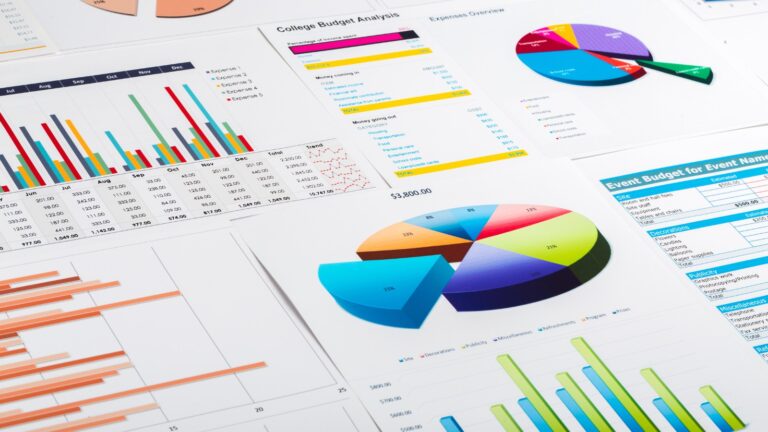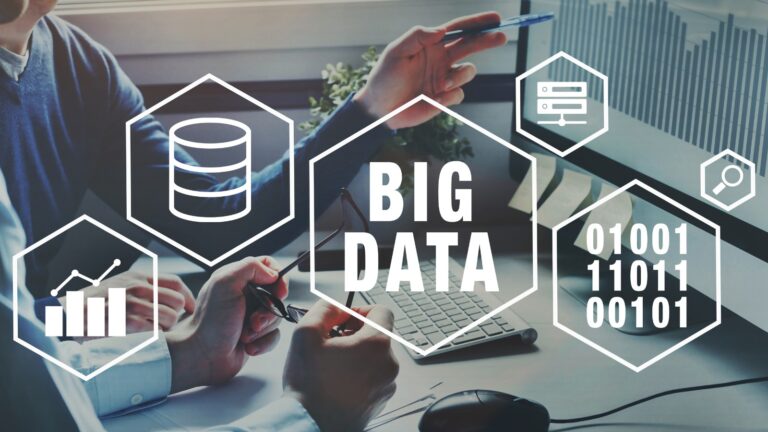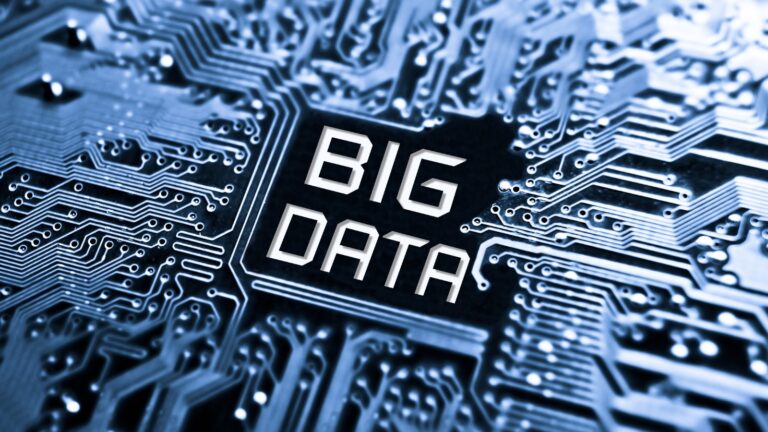Jim Hare, an analyst from Garner, noted in one research paper published in December 2020 that “the way we have been looking at analytics is only half the way we should be looking at analytics today”. The rest of it is meant to be filled by graph analytics. Graph analytics is a form of big data that allows companies to extract meaningful insights. It helps businesses connect the dots between data relationships to understand complex datasets between linked entity data in a network or a graph. Hence, it infuses a range of analytical tools to determine the strength of the relationships in the objects depicted in graphs. The full potential of graph analytics remains untapped and is yet to be discovered. This article will explain what graph analytics entails and its use.
Understanding the Fundamentals

To understand graph analytics, a company must comprehensively understand a graph database. It includes the use of a node which represents entities, and links or edges, which represent connections. There is insightful information embedded in each of the connections. For example, understanding why certain connections are more critical than others or whether a connection can break a group dynamic are some unique ways graph analytics helps businesses. In simple terms, corporates can assess how relationships can impact a network.
How Is It Related to Big Data Analytics?

Graph databases are an essential feature of big data as they organise complicated data points making them more relevant to the relationships formed within the system. Traditionally, data warehouses that process big data make assessments based on static processes, which only require data to be analysed one-dimensionally. With graph databases, however, big data analytical capabilities are broader. Graph technologies can provide insights which address uses that other methods cannot do so in an efficient manner.
What Are They Used For?

In the Top 10 Data and Analytics Trends for 2021 report, graph analytics appeared to be ranked 8th. Moreover, many research papers published by Garner note that graph analytics is one of the most underleveraged capabilities. This is attributed to the lack of understanding among companies that do not see the potential power of insights gained from graph analytics relative to relational analysis. Moreover, the need for specialised skills is another reason graph analytics is adopted less. Nevertheless, Garner notes that graph analytics’s growth will increase in the next few years. According to Pieter den Hamer, graph processing is expected to grow 100 per cent annually by 2023 to enable more complex and adaptive data science. Here is why:
SQL Queries Will Not Be Able to Handle Complex Questions
Currently, many businesses depend on SQL queries to find answers to their questions. However, as more data is being fed into the system, the complex questions organisations will face. With graph analytics, however, the system focuses on connected data. The more connected data, the more connected insights are presented. Hence, financial banks, for instance, would find it easier to detect fraud and money laundering initiatives, thereby saving money from being wasted. In other words, graph analytics allows financial institutes to carry out a 360-degree view of risk and opportunity assessment before granting them anything. This occurs in half the time it usually takes for financial institutes.
Graph Provides Context to Big Data Analytics
Big data analytics, although enormously beneficial, lacks context. In other words, by integrating data from fragmented assets, big data’s advice may not always be practical and actionable. This is because siloed data and relational databases reduce the context and number of connections to make sense of the data. As a result, big data analytics fails to drive connections and context from the vast stores of data in the company. Context can, however, be incorporated through knowledge graphs which codify data with nodes and edges. This influences the system to use connections to infer new knowledge, thereby enabling the exploration of Artificial Intelligence (AI) systems and software.
Plays a Central Role in AI and Machine Learning (ML)
Graph analytics are said to help analytics and data scientists augment greater insights using AI and ML capabilities. This provides more context and also helps analysts to understand AI better as well. The latter is made possible by providing more insight into black-box neural networks and other models. Such insights are used to create graphs to explain the relationship between the model in question and its conclusion in an interactive and accessible manner. Graph analytics provides metadata about the models, sharing information on how the data is trained, which version of data it is and who used the models. Such information is a great asset for industries dealing with sensitive information, including the finance and healthcare sector.
Helps Optimise Data Science Project Management
Data munging, which refers to transforming data from an erroneous or unusable form to use-case-specific data, can be quite time-consuming. Graph analytics, in this respect, can optimise the data preparation cycle by harmonising data formats and schema to intelligent models. Additionally, since graphs are mainly visual, it allows data practitioners to find the most important information at a glance and use them to predict or classify data. It enhances ML models’ predictive capabilities in feature engineering, which relies on training data. Graph analytics also helps improve communication and collaboration between data scientists and subject matter experts through knowledge graphs.
Helps in the Development of Composite AI
Composite AI refers to situations where different AIs are combined with other analytical techniques. This includes mixing ML, computer vision, natural language processing, descriptive statistics, knowledge graphs and more. Graph lies at the heart of making this a reality, as multiple existing and new AI techniques can be merged through graph analytics. Once fully integrated, the composites can unlock the maximum potential of data-driven ML learning capabilities. This is also known as multidisciplinary AI, whereby one solution with different AI technologies is incorporated systematically to address complex business problems directly. This became a trending tool in 2020 when Garner placed it on the digital map in its Hype Cycle for Emerging Technologies list.
Cerexio Looks at the Full Picture

It must first be noted that graph analytics is yet to be implemented on a full scale. The Cerexio Data Analytics Solution Suite, however, is a solution that may potentially integrate graph analytics at some point in the future. A holistic solution to unlock hidden insights into organisational data, Cerexio strives to deliver a 360-degree overview of all your processes within a single system. It can process an enormous load of data, clean it to process the most reliable information and provide information most relevant to your organisational needs. Cerexio offers you the choice between a cloud or web-based platform to help you smoothly optimise data in your company. Receive predictive insights, orchestrate DLT pipelines, integrate all your data into one and bring your employees closer as data systems communicate uninterrupted.
Connect with us to learn more about what our specialised data analytical suite offers to the manufacturing industry.
This article is prepared by Cerexio, a leading technology vendor that offers specialised solutions in the Advanced Manufacturing Technology Sector. The company is headquartered in Singapore and has offices even in Australia. Cerexio consists of a team of experts that have years of experience and holds detailed knowledge on a range of subject matters centric to the latest technologies offered in manufacturing and warehouse operations, as well as in predictive maintenance, digital twin, PLC & instrumentation setup, enterprise integrator, data analytics and total investment system.
